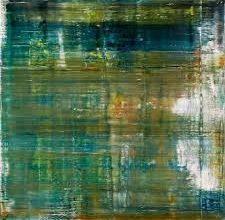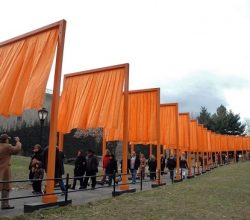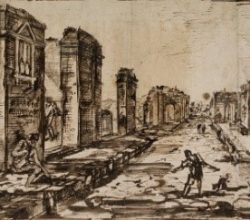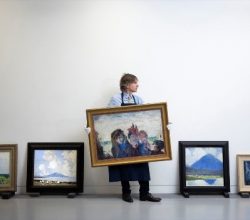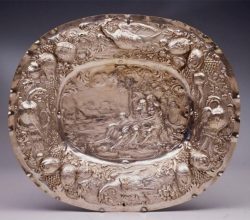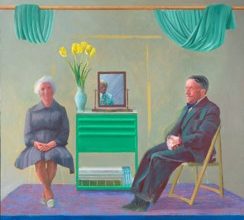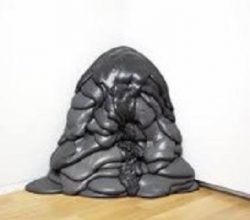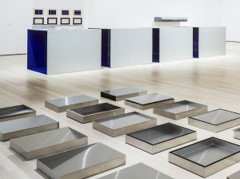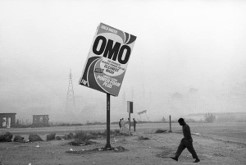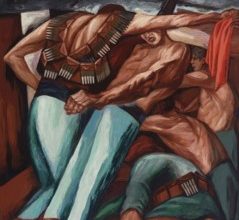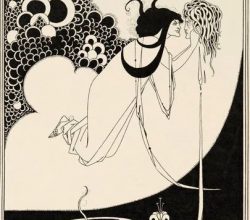
David Jenkins discovers the new Aubrey Beardsley exhibition at Tate Britain
David Jenkins | tatler | 6th March 2020
Expecting a short life, Beardsley worked feverishly. He took up art at 18, his sensual black and white drawings instantly brilliant. Book illustrations cemented his reputation, their erotic content showing “an attitude to lust and sex that even Egon Schiele is hard pressed to match.” Then death, at 25. There is no lasting Beardsley movement, just his images of “the overheated, decadent days … that were London’s febrile 1890s”

